
Chehel Sotun – Part 2
Mohammad2020-04-03T10:47:51+00:00Chehel Sotun
The paintings of the western wall (opposite the entrance) depict, from right to left. the following subjects:
- The feast given by Shah Abbas the Great in honor of King Vali Mohammad Khan of Turkestan. This is a clear and picturesque portrayal of the ostentation of the Esfahan court.
- The battle of Chaldoran between the troops of Shah Ismail r Safavid and the Ot-toman Janissaries.
- The reception given by Shah Tahrnasb I in honor of the Hindu prince Homayun who fled to Persia in 1543.
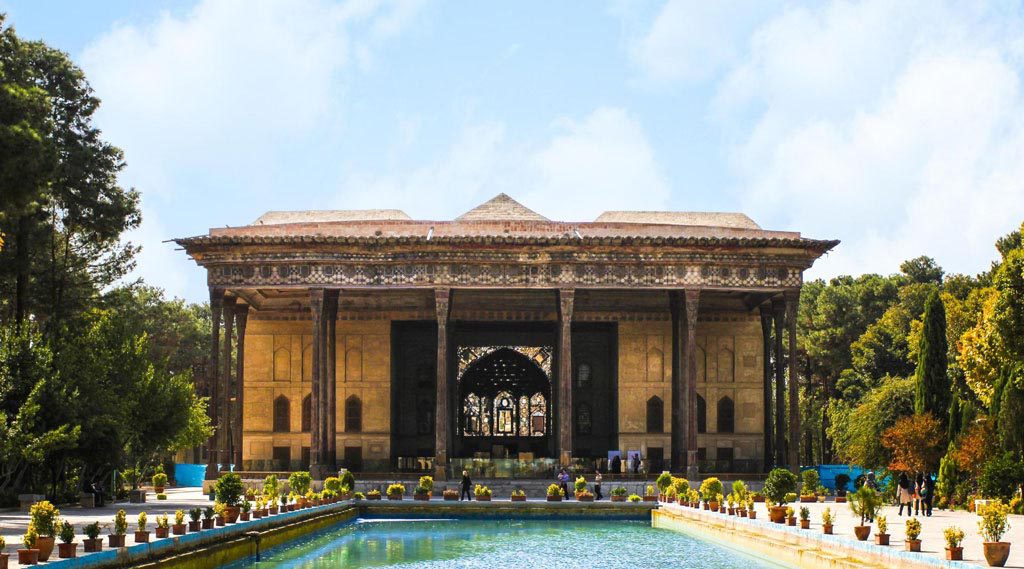
The eastern wall is covered, from right to left. with historical frescos on the following themes:
- The battle scene of Taherabad, in which the armies of Shah Ismail I vanquished the Uzbeks, who, headed by Shibak Khan, threatened the northern borders of Persia (dates to the time when the palace had just been completed).
- Another battle, this time set in Kamal in India and depicting Nader Shah Afshar and Sultan Mahrnud, who is shown on a white elephant.
- The reception given by Shah Abbas II in honor of King Nader Mohammad Khan of Turkestan.
Fortunately, the large frescos have remained almost intact. The small miniatures, however, are in a very dilapidated state. This is mainly because during the Afghan and Qajar periods they were bedaubed with plaster to cover the scenes which were considered to be indecent. During the rule of Zel al-Sultan, the building itself was much threatened, and only due to the interdiction of Malek al-Tojjar, builder of Angurestan-e Malek (p141) and Malek Timcheh (p109), that the governor was talked out of the demolition of the palace.
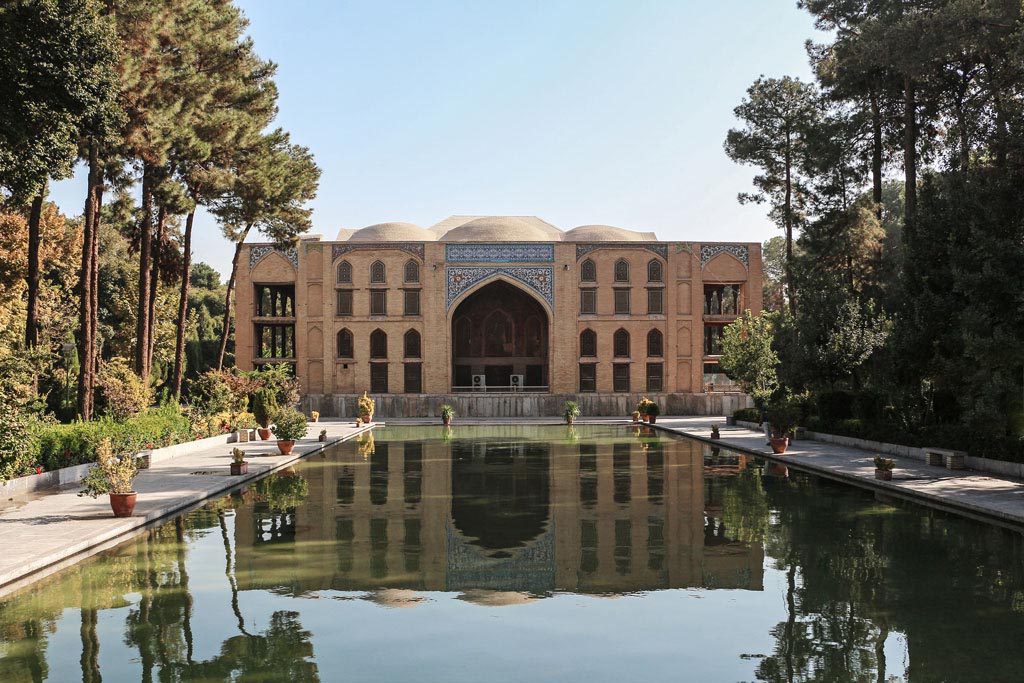
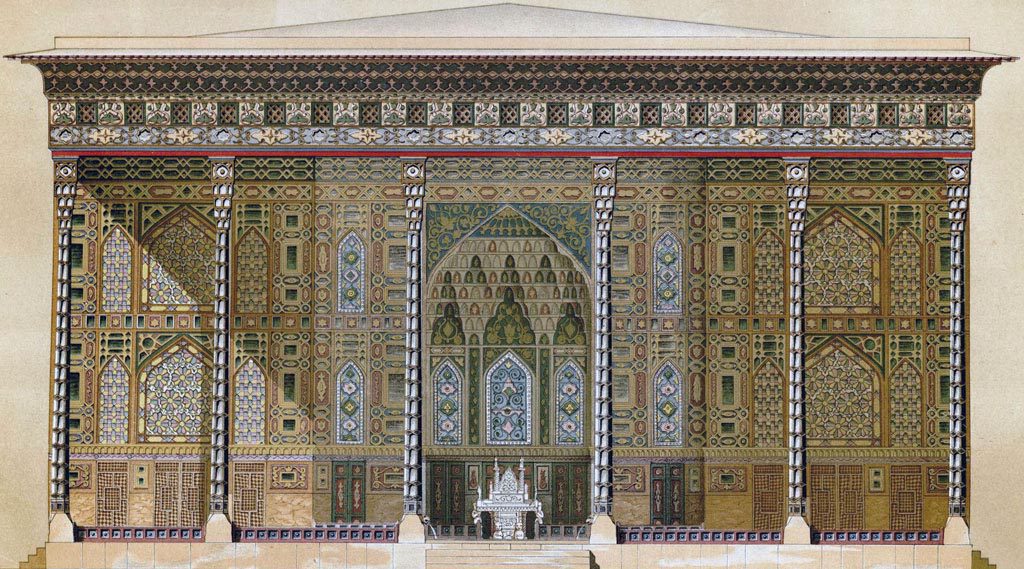
The Throne Hall is bordered by large rooms on its southeastern and northeastern sides 7, These are also lavishly adorned with beautiful paintings. The hallway leading to the south-eastern room features remarkable gilded ceilings. It is called the Chaharshanbeh-Suri room after a large painting depicting this spring festival.
The exterior galleries 8, of the building exhibit a number of paintings that show the ambassadors and famous Europeans who lived in Esfahan during the Safavid rule. Until recently, little was known about the origin of these paintings. However, it has been determined that these frescoes are the work of two Dutch painters, Angel and Lokar, who were members of the East India Company at the time of Abbas II. One of these pictures may possibly be the portrait of King Charles I of England and his Queen, Henrietta Maria. The other shows an English envoy, holding in his hand a turnip as the Persians always welcomed the gift of unfamiliar plants.
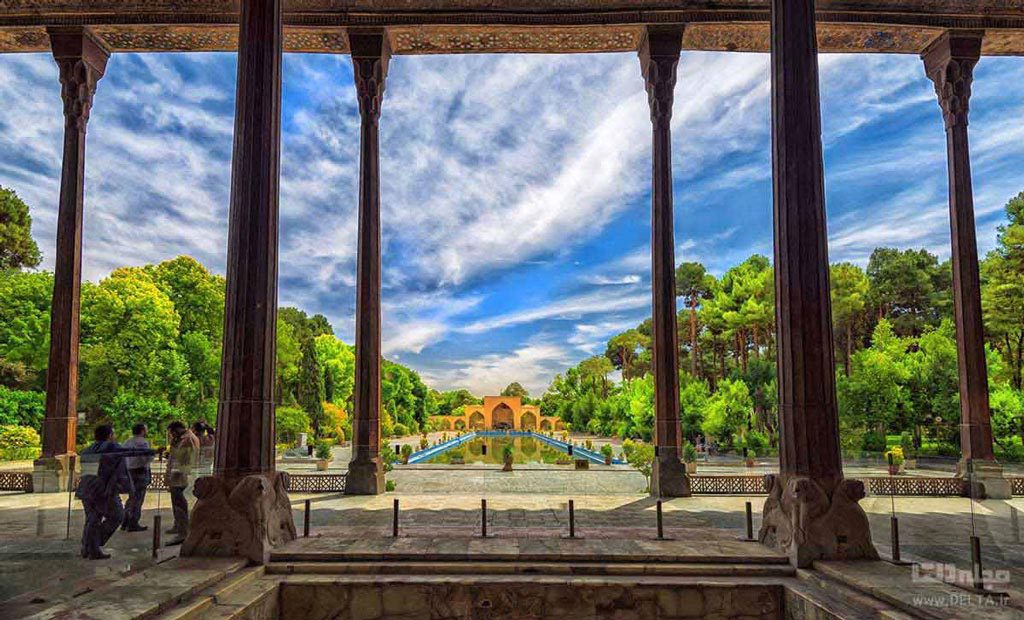
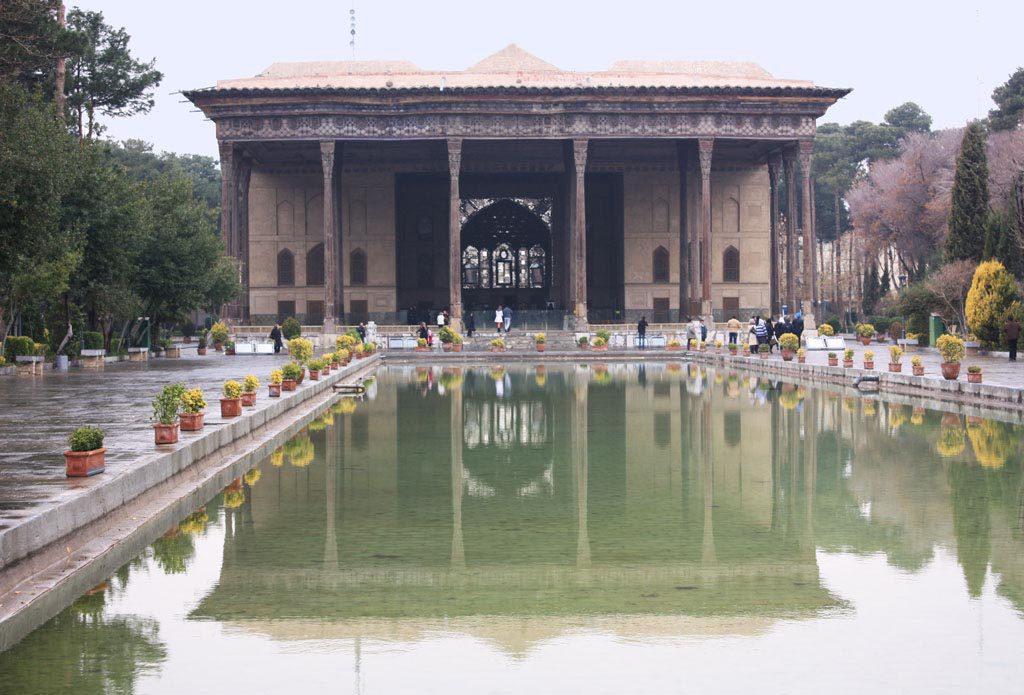
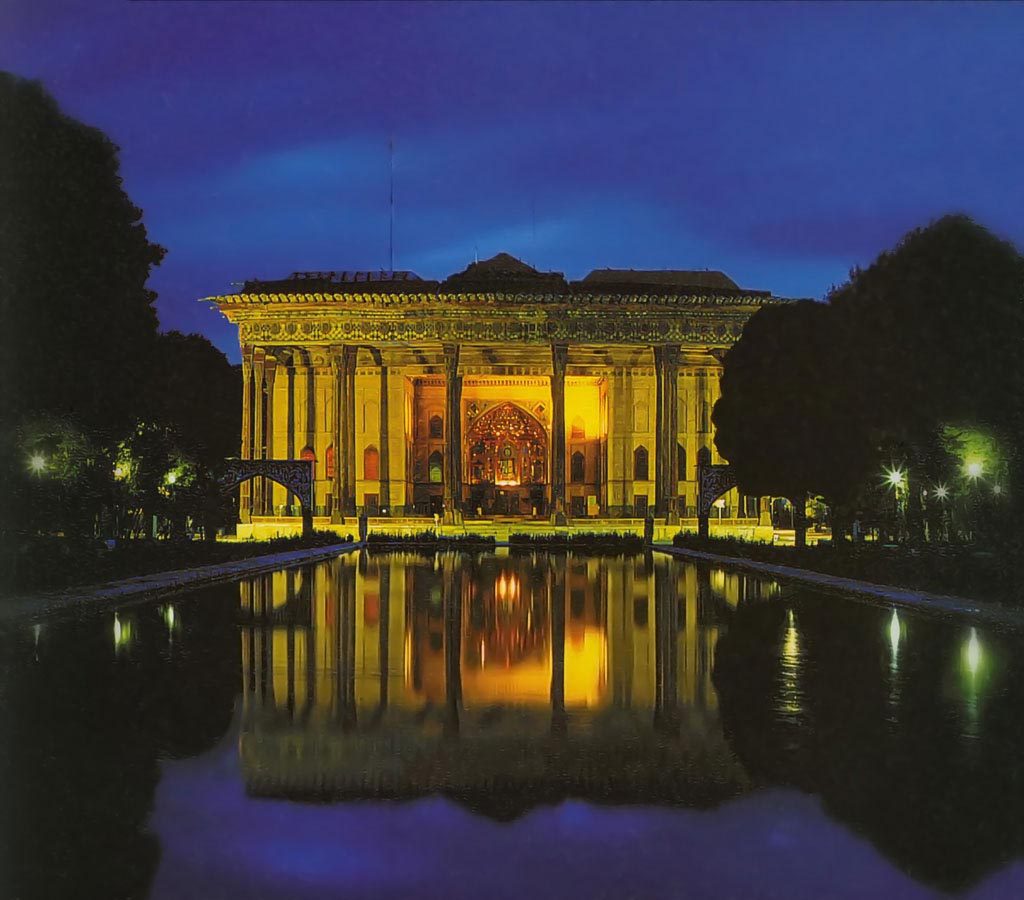
The small but interesting museum of Chehel Sotun, which opened in 1978, contains an outstanding selection of manuscripts, vessels, inlaid and marquetry work, costumes, and fine items of Persian china. The items in the Throne Hall are on permanent display, while those in the smaller rooms, flanking the main hall, are subject to change. Among the most precious objects are the Koran that was once kept above the entrance to the palace; the replica, of the pact signed between Imam ‘id Ali and the Christians; the door from the Mausoleum of Sheikh Safi al-Din in Ardabil and the restored cap of this reverend Sufi; a gilded amulet on deer skin which belonged to Amir Kabir but which seems to have been of little help to the minister who was murdered in Kashan, and the original wooden minbar of the Royal Mosque.
One of the most valuable objects in Chehel Sotun is a stucco window that was brought here from Darb-e Imam (p122). Carved of plaster and studded with stained glass, this unique window is one of the great artistic marvels of Esfahan. Sadly, it is not exhibited to public view and is kept in the museum’s repository.
The garden of Chehel Sotun is also delightful and constitutes part of the museum complex. Remains of some Esfahan’s buildings have been transferred from their original sites to be preserved here. Among them are the portal of the Qotbiyeh Mosque 9, and the portal of Darb-e Kushk 10, Four column bases depicting human and lion figurines, marking the four corners of the large pool, have been relocated from the now demolished Sarpushideh Palace . Another relic includes a dried plane tree, the only remains of Bagh-e Zereshk .
Vipemo Products
-
Firooze Koobi, Firooze Koobi, Jug
Sake Jug – Turquoise Inlaying – Size 2
5.00 out of 5€1,524.00€1,200.00Add to cartQuick View -
Candy Dish, Firooze Koobi, Nut Bowl Dish, Sugar/Candy Pot
Candy/Nuts Bowl Dish – Size 7
0 out of 5€1,500.00€1,300.00Add to cartQuick View -
Candy Dish, Firooze Koobi, Nut Bowl Dish, Sugar/Candy Pot
Candy/Nuts Bowl Dish – Size 1
€182.000 out of 5Add to cartQuick View -
-
-
-
-
-



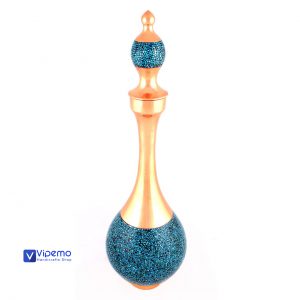

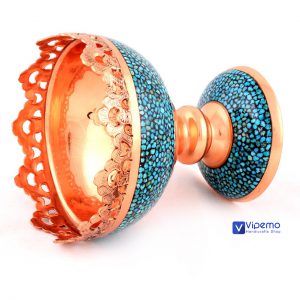

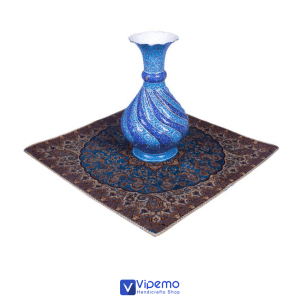
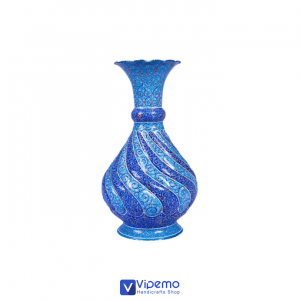
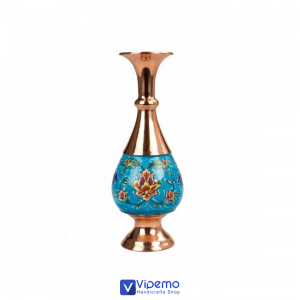
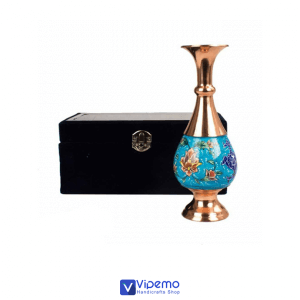






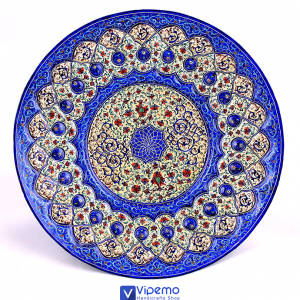
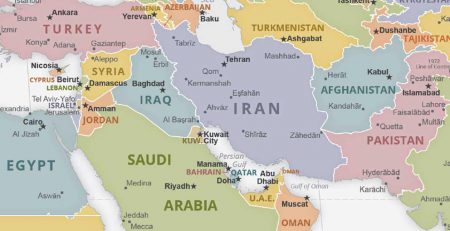
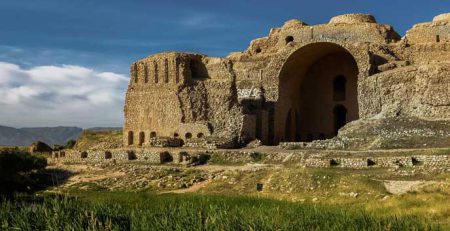
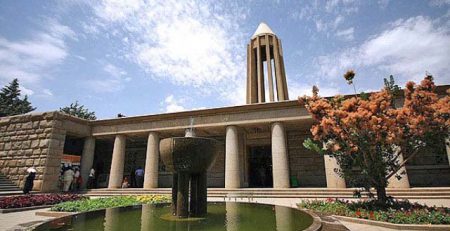
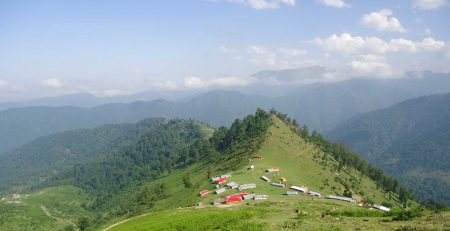

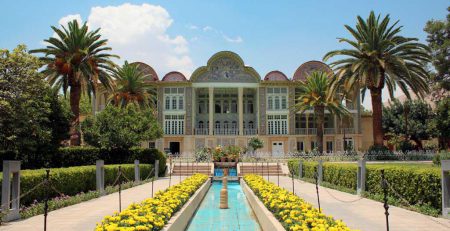
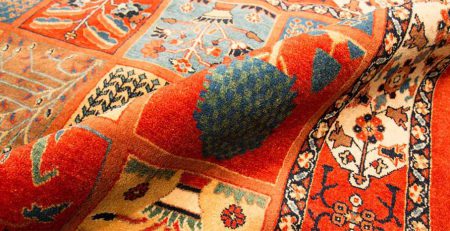
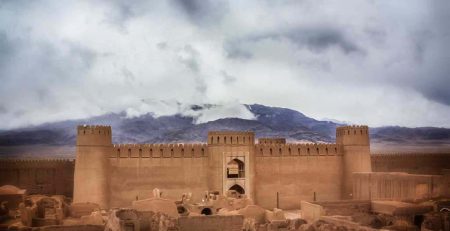
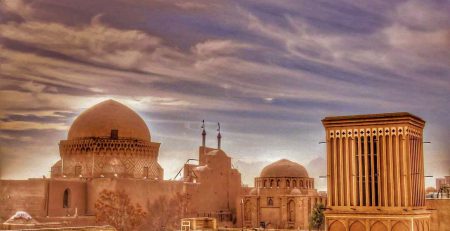
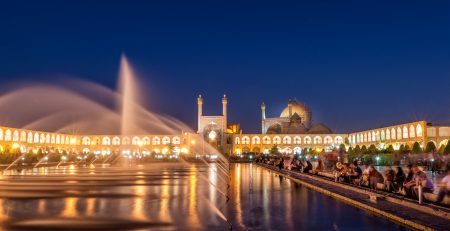
Leave a Reply